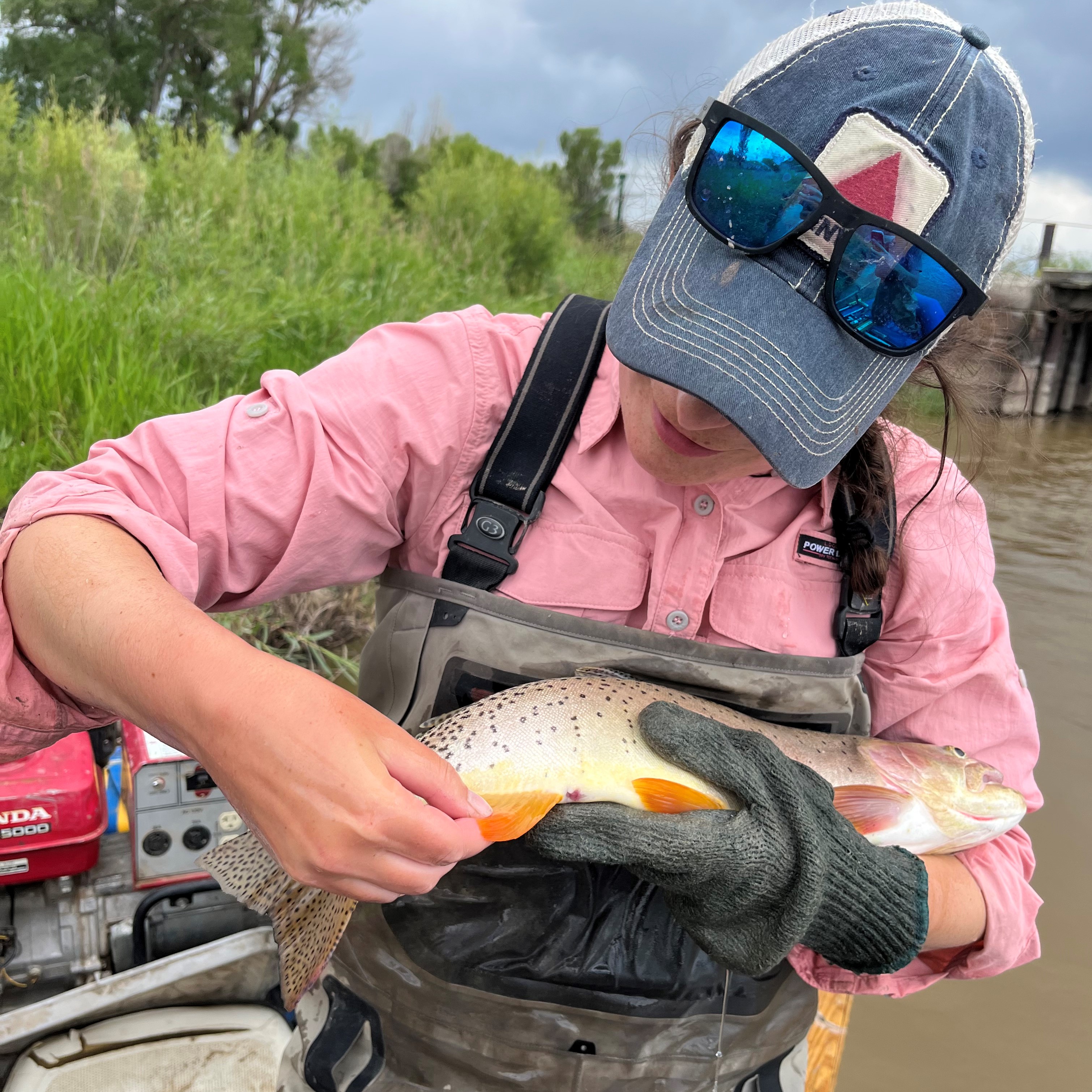No Slides Entered.
Olivia Carter Leviton - "Snowy Range Scenic Byway biodiversity impact study"
Olivia Carter Leviton, UW Masters Student
2024 Recipient of Biodiversity Institute Graduate Student Excellence Grant
Haub School of Environment and Natural Resources
Advisor: Richard Vercoe
We are partnering with the US Forest Service (USFS) and the Southeast Wyoming Outdoor Recreation Collaborative (SWORC) to three-dimensionally investigate the carrying capacity of alpine areas located along the Snowy Range Scenic Byway (SRSB), especially those receiving large and likely unsustainable volumes of recreational traffic. Due to an unprecedented local and national rise in recreation rates and the highly accessible and striking nature of the higher elevation sites along SRSB which draw increased recreational traffic within the region, establishing the combined ecological and recreational carrying capacity of the area is necessary to properly inform and facilitate corresponding management adjustments such as increased signage, improved educational outreach, and adjusted tourism advertising agendas to maintain the integrity of the landscape and its biodiversity for future generations. Utilizing a combination of quantitative and qualitative measures, this study will include recreationist experience interviews as well as physical and GIS-based assessments of landscape, vegetation, and wildlife impacts imposed by visitors to campgrounds, parking areas, trailheads, and trails near the Snowy Range Scenic Byway section of Highway 130 in Medicine Bow National Forest. This project’s objectives include establishing which sites are most affected by visitor impacts along the Snowy Range Scenic Byway, the nature and degree of disturbance in these areas, how many people are visiting these high impact areas, what the perceived user experience is in these areas; what the combined ecological and recreational carrying capacity of sites in this area is, whether the carrying capacities have been exceeded at these sites (and if so, by how much), whether there are other sites of concern which need to be monitored and/or addressed before they experience similar trends (and if so, where these sites are); and what the frequency and nature of human-wildlife interactions is in the study area.
Share This Page

Research Highlights




